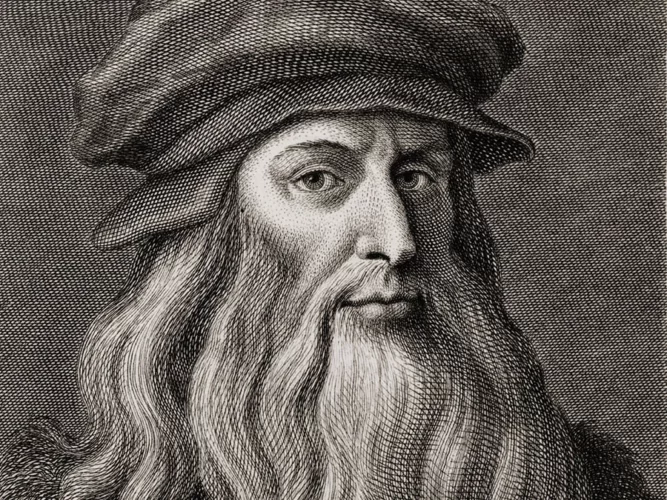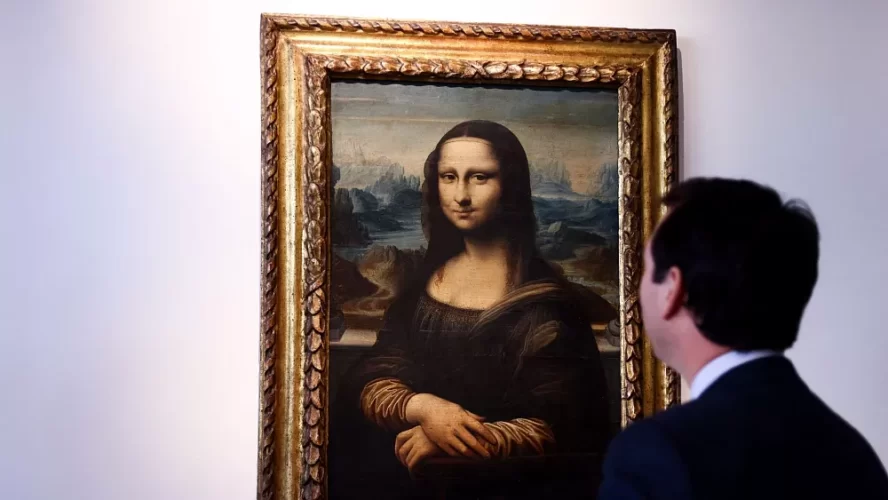A new chemical analysis sheds new light on how Leonardo da Vinci painted the iconic portrait
From her perch behind protective glass at the Louvre, the Mona Lisa smiles cryptically at museum-goers—almost as if she’s keeping a secret. The enigmatic portrait has long intrigued art historians and scientists, who have wondered about its subject’s life, as well as painter Leonardo da Vinci’s methods.

Now, a new high-tech analysis—published this week in the Journal of the American Chemical Society—has shed new light on the iconic work.
Using a machine that accelerates particles, researchers analyzed the chemical makeup of a tiny speck of paint hidden in the corner of the painting. In that speck, they detected a rare compound called plumbonacrite. They also found plumbonacrite in samples taken from Leonardo’s famous mural, The Last Supper.

Plumbonacrite forms from lead oxide, and its presence suggests that Leonardo used lead oxide powder to help thicken and dry his paint. Art historians had long suspected this, but the new analysis adds new evidence to their hypothesis.

The discovery could someday prove useful for conservators working on Leonardo’s paintings, says first author Victor Gonzalez, a chemist at France’s National Center for Scientific Research, to the London Times’ David Chazan.
“The more we can learn about his methods and the composition of his paints, the more successful any eventual restoration will be,” he adds.
Leonardo was not only an artist, but also an inventor, engineer, architect and scientist. The Italian Renaissance master loved experimenting with different technical approaches in his paintings.

Researchers think Leonardo mixed lead oxide powder with either walnut or linseed oil. Then, he would have heated the concoction until it formed a thick paste. Since lead oxide powder is orange, it would have given the oil a golden color.
He probably applied this honey-hued mixture to the poplar wood panel upon which he painted the Mona Lisa sometime between 1503 and 1519. Scientists say he may have also applied it to the wall underneath The Last Supper.

This isn’t the first time scientists have discovered plumbonacrite in old masters’ works. Previous research has found that Dutch artist Rembrandt also likely used lead oxide while creating his paintings, including The Night Watch (1642).
Since Rembrandt lived and worked more than a century after Leonardo, these discoveries suggest that the lead oxide mixture was a “very good recipe” that was passed down through the years, Gonzalez tells the Associated Press’ John Leicester.

The team didn’t find many references to lead oxide in Leonardo’s notes—and when he did mention it, it was in connection with hair and skin remedies, write the researchers in a statement. Still, they add, even though he may not have written his recipe down, the new analysis demonstrates “that lead oxides must have had a place on the old master’s palette, and might have helped create the masterpieces we know today.”





